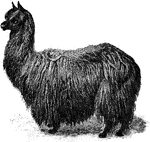Search for "alpaca"
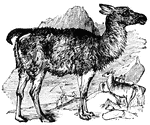
Llama
The llamas of S. America resemble the camel in form and structure. They have, however, no hump, and…
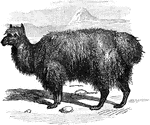
Alpaca
"A mammal, a native of the Andes, especially of the mountains of Chili and Peru."-Whitney, 1902
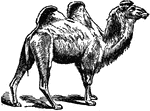
Camel
"Camel is a genus of ruminant quadrupeds, characterized by the absence of horns; a fissure in the upper…
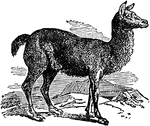
Alpaca
A close relative to the Llama, the Alpaca is used primarily for its wool. It lives in the wild, and…
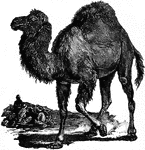
Dromedary
The Dromedary camel (Camelus dromedarius) is a large even-toed ungulate. It is often referred to as…
